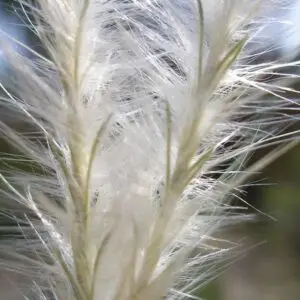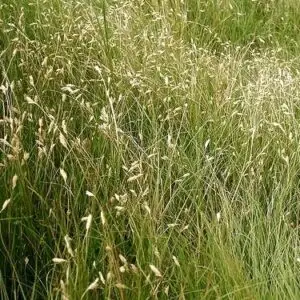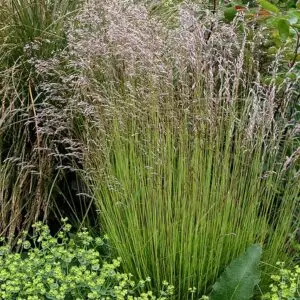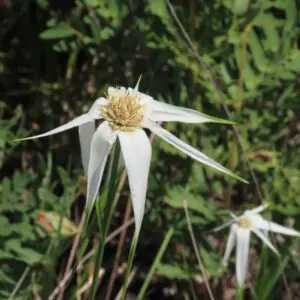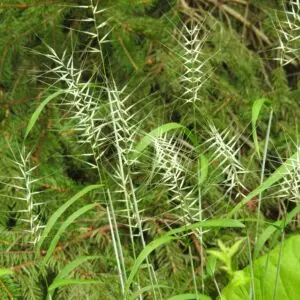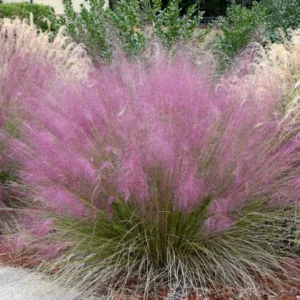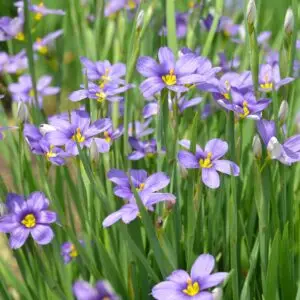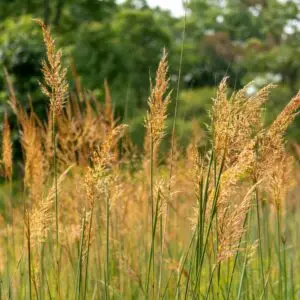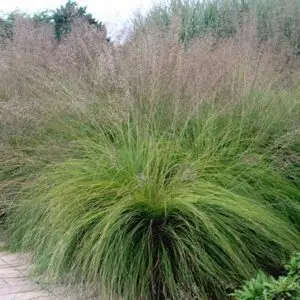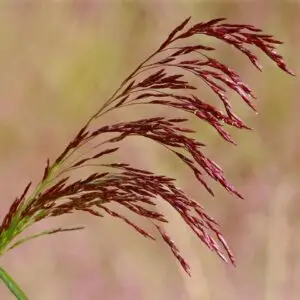Grasses
Looking for an easy way to add deer-resistant ecological value to your landscape? Native grasses are the answer! They provide food and shelter for insects, birds, and mammals in many ways. As an added bonus, their fall and winter interest is outstanding.
During the growing season, many species of butterfly larvae (caterpillars) feed on the blades of native grasses. In fall and winter, grasses provide protection and nesting material for birds, small mammals, and insects. They are especially useful to beneficial insects’ overwintering larvae and adults.
Grass seed heads provide food for songbirds, insects, and small mammals. Their tough foliage clumps, whether dormant or growing, slow storm-water run-off, allowing it to re-infiltrate the water table. If you are experiencing erosion problems in your landscape, consider adding native grasses to your plant list!
-
Bouteloua dactyloides – Buffalo Grass(B&B.BW.DR.DRGHT.EC.H.NB)
$15.00 – $75.00 -
Dichromena latifolia – White-topped Sedge (BTF.DR.EC.OP.RR)
$12.00 – $18.00 -
Elymus hystrix – Bottlebrush Grass (B&B.BW.DR.DRGHT.EC.H.NB.OP.SHWY)
$10.00 – $115.00 -
Eragrostis spectabilis – Purple Love Grass (B.BW.DR.EC.GRD.H)
$15.00 – $110.00 -
Schizachyrium scoparium – Little Bluestem (B&B.BW.D.DRG.FC.H.M.OP)
$15.00 – $100.00 -
Tridens flavus – Purple Top(B&B.DRGHT.EC.H.M)
$10.00 – $75.00

